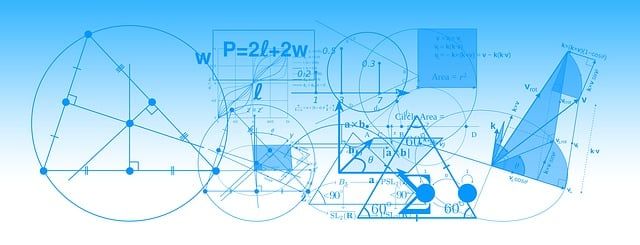Sir Chandrasekhra Venkata Raman, a beloved Physicist, was awarded the Nobel Prize in 1930 in Physics for discovering the Raman Effect. He was born on November 7, 1888, in Tiruchirappalli, in the southern part of India. He was a passionate physicist and nature lover who adored children.
Known for his contributions in science encouraging many young scientists, CV Raman has helped transform the education system in India. To know more about the great scientist, let us explore his life a little closer.
Early Childhood and Teenage
CV Raman was the son of Chandrasekaran Ramanathan Iyer, a teacher of physics and mathematics and his mother’s name was Parvathi Ammal. She learned reading and writing from her husband.
CV Raman had seven more siblings, and he was the second among them. Although he was born in the then called Trichinopoly, they moved to Visakhapatnam when CV Raman was four.
His interest in science began at a very early age where he read books that his father grew up with. Inspired by his father, CV Raman also inclined towards maths and science, and by the time he turned a teenager, at 14, he moved to Madras. He then began his Bachelor’s Degree at the Presidency College. Raman showed a lot of enthusiasm towards science and demonstrated various experiments to his younger siblings during vacations.
He obtained his degree in 1904 and won medals in Physics and English, but his frail health did not allow him to go abroad for his further degree. This enabled him to add his experience to India by completing his masters on a full scholarship from Presidency college. CV Raman’s immense potential and knowledge gained him access to the college’s laboratories, and he was able to do his research and conduct experiments.
CV Raman had his first paper in academics published in 1906 when he was just 18 years old. The title of this paper was Unsymmetrical diffraction-bands due to a rectangular aperture, explaining the light’s behaviour. He obtained his master’s degree at age 19, achieving the highest distinction.
Work-Life and the Career Path
After being encouraged by his brother, CV Raman took the civil service examination and worked in the Indian Finance Department at Kolkata for a long period of 10 years, keeping his science passion on the side.
At the Indian Association for the Cultivation of Science (IACS), he began researching the physics field of drums and stringed instruments. He played an important part in reviving IACS, and apart from doing a lot of research, he also popularised science by giving public lectures.
After receiving a lot of love for his teachings in science, he was offered the post of Palit Chair of Physics by the University of Calcutta. CV Raman jumped at the offer even though it offered a lesser salary as this would enable him to devote his entire time to scientific research.
The Nobel Prize and other Achievements
CV Raman was behind the discovery of a new way of scattering light, which was later known as the Raman effect. He made this discovery while looking at the Mediterranean Sea’s blue water.
Along with his students, CV Raman researched the scattering of light in solids, liquids, and gases. Using monochromatic light, they discovered that around 60 different liquids changed the light’s colour, and in 1927, they discovered that glycerine impacted the change in the colour of light to the maximum.
The scattering of lights by liquids was polarised, and this effect was later known as the Raman Effect, which was seen for the first time. CV Raman and his colleague KS Krishnan made their discovery public through Nature journal in 1928.
This important discovery in physics (The Raman Effect) made him win the Nobel Prize in 1930.
CV Raman also demonstrated the energy of the photons that scattered without an elastic, serving as a fingerprint for the substance through which the light scattered. This discovery is known as the Raman Spectroscopy and is commonly used in the entire world’s chemical laboratories for identifying substances. This effect can also detect cancer and in investigating tissues and living cells. CV Raman got his inspiration through his observations during a voyage on the sea.
Personal Life
CV Raman got married to Lok Sundari Ammal in the year 1907. They were blessed with two sons Radhakrishnan, a known astrophysicist, and Chandrasekhar. In 1929, CV Raman was knighted for discovering the Raman Effect.
In 1933, he held the post of the first Indian director of the Indian Institute of Science in Bangalore, and in 1947, he became the first National professor of Independent India. He founded the Raman Research Institute in Bangalore in 1948, and he continued his research here till the end.
His learning and inspiration do not limit his teachings only to the field of physics and science but also acoustics. CV Raman was the very first person to experiment with the Indian musical instruments such as the tabla and the mridangam and investigate their sounds.
National Science day is celebrated every year on February 28 in memory and celebration of the great physicist CV Raman. He believed that asking the right kind of questions would open doors to many secrets. One of the takeaways from his life is that people should always follow their passion because if CV Raman hadn’t, he would have remained a Civil Servant and would not have made notable contributions in science.
Suggested Read: Dr. APJ Abdul Kalam
Teachmint is the leading ed-infra provider helping educational institutions improve their efficiency. With our offerings like LMS, attendance management, fee management system, and more, institutes can boost their productivity multifold.






